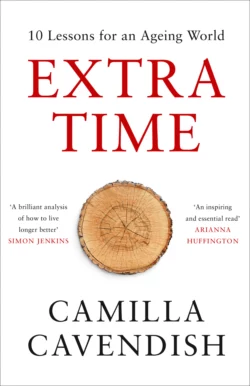Extra Time: 10 Lessons for an Ageing Society - How to Live Longer and Live Better

Camilla Cavendish
Тип: электронная книга
Жанр: Спорт, фитнес
Язык: на английском языке
Стоимость: 2299.06 ₽
Статус: В продаже
Издательство: HarperCollins
Дата публикации: 16.04.2024
Отзывы: Пока нет Добавить отзыв
О книге: From award-winning journalist, Camilla Cavendish, comes a profound analysis of one of the biggest challenges facing the human population today.The Western world is undergoing a dramatic demographic shift. By 2050, for the first time in history, the number of people aged 65 and over will outnumber children aged five and under. But our systems are lagging woefully behind this new reality. In Extra Time, Camilla Cavendish embarks on a journey to understand how different countries are responding to these unprecedented challenges.Travelling across the world in a deeply researched and entirely human investigation, Camilla contests many of the taboos around ageing, and sparks a debate about how governments, employers, the media and each one of us should handle the final few decades of life. In this manifesto for change, she argues that if we take a more positive approach, we should be able to reap the benefits of a prolonged life, and help the elderly to play a fuller part in society. But that will mean a revolution: in work, in education, in housing, in medicine – and in our attitudes.An intricate exploration of immediate, human issues, Extra Time features memorable stories certain to leave a lasting impact on all its readers.